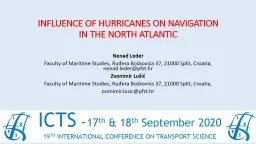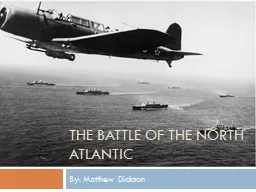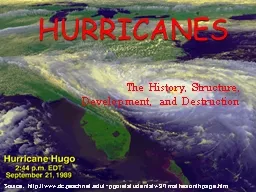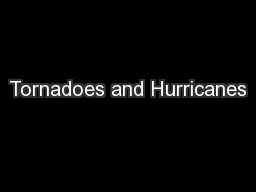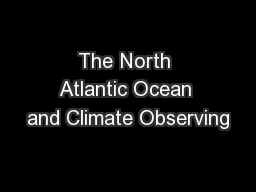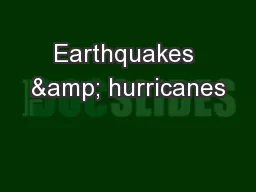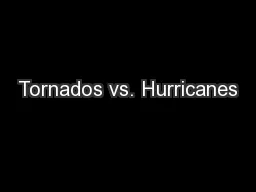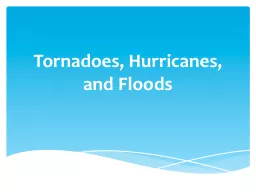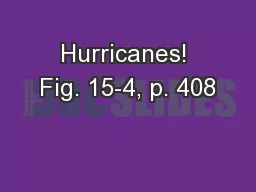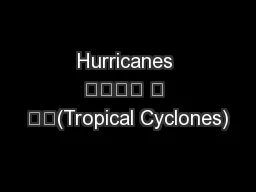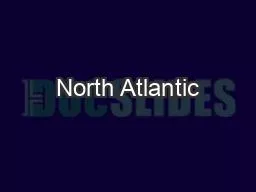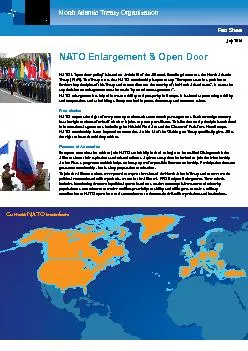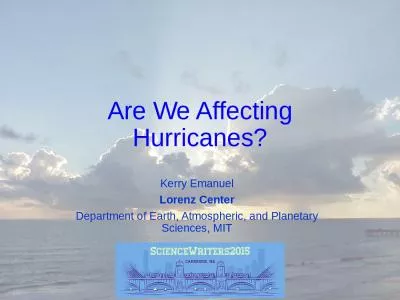PPT-INFLUENCE OF HURRICANES ON NAVIGATION IN THE NORTH ATLANTIC
Author : ash | Published Date : 2022-06-07
Nenad Leder Faculty of Maritime Studies Ruđera Boškovića 37 21000 Split Croatia nenadlederpfsthr Zvonimir Lušić Faculty of Maritime Studies Ruđera Boškovića
Presentation Embed Code
Download Presentation
Download Presentation The PPT/PDF document "INFLUENCE OF HURRICANES ON NAVIGATION IN..." is the property of its rightful owner. Permission is granted to download and print the materials on this website for personal, non-commercial use only, and to display it on your personal computer provided you do not modify the materials and that you retain all copyright notices contained in the materials. By downloading content from our website, you accept the terms of this agreement.
INFLUENCE OF HURRICANES ON NAVIGATION IN THE NORTH ATLANTIC: Transcript
Download Rules Of Document
"INFLUENCE OF HURRICANES ON NAVIGATION IN THE NORTH ATLANTIC"The content belongs to its owner. You may download and print it for personal use, without modification, and keep all copyright notices. By downloading, you agree to these terms.
Related Documents

